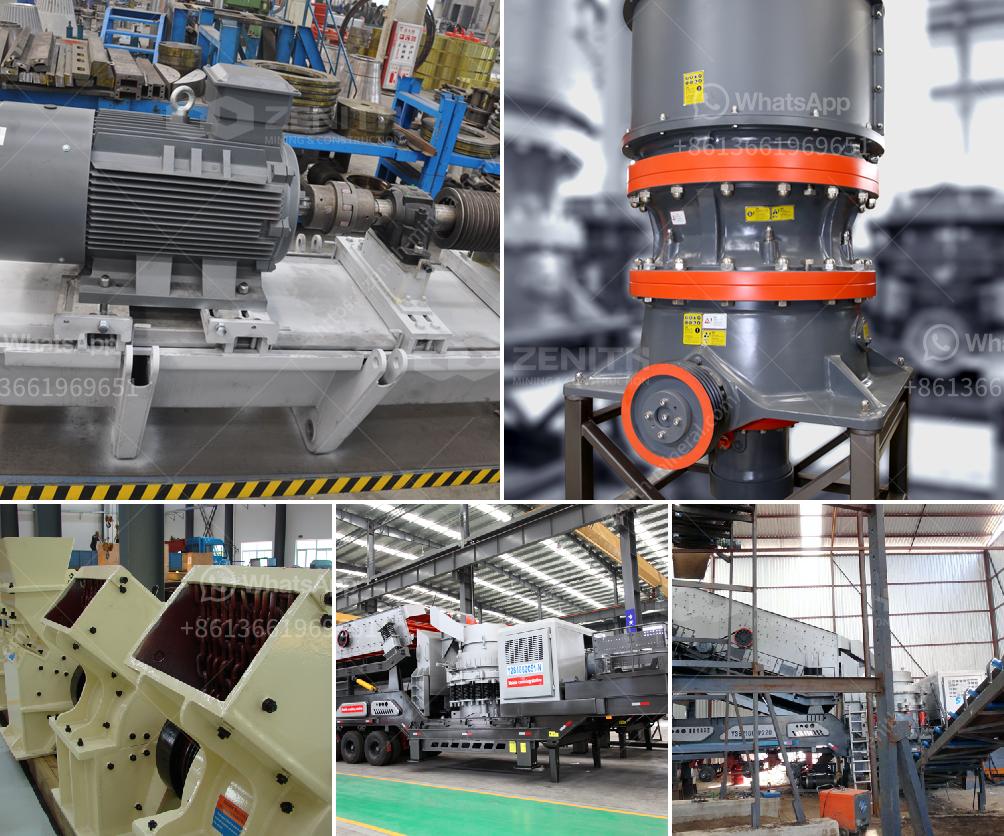A cyclone is required in a cement ball mill installation primarily for the following reasons:
Particle Separation: The cyclone acts as a classifier that separates fine particles from coarse ones. This ensures that only the suitable-sized particles are allowed to progress through the process, enhancing the efficiency of the mill.
Dust Collection: It helps to collect and recycle the cement dust generated during the grinding process, which not only minimizes waste but also ensures a cleaner working environment.
Improved Grinding Efficiency: By maintaining optimal particle size distribution, the cyclone improves the grinding efficiency of the ball mill, ensuring that the material is ground to the desired fineness more consistently.
Energy Savings: Cyclones help reduce the load on the mill system by removing unnecessary fine particles early in the process. This can lead to significant energy savings and reduce operational costs.
Product Quality: The separation capability of the cyclone helps in achieving a more homogenous product with consistent quality, which is crucial for meeting specific standards in cement production.
Reduction of Overgrinding: By effectively classifying and separating materials, cyclones help to minimize overgrinding, which can lead to excessive wear and tear on the milling equipment, as well as undesirable alterations in the material properties.
In summary, the incorporation of a cyclone in a cement ball mill setup enhances operational efficiency, energy savings, material handling, product consistency, and environmental cleanliness.

